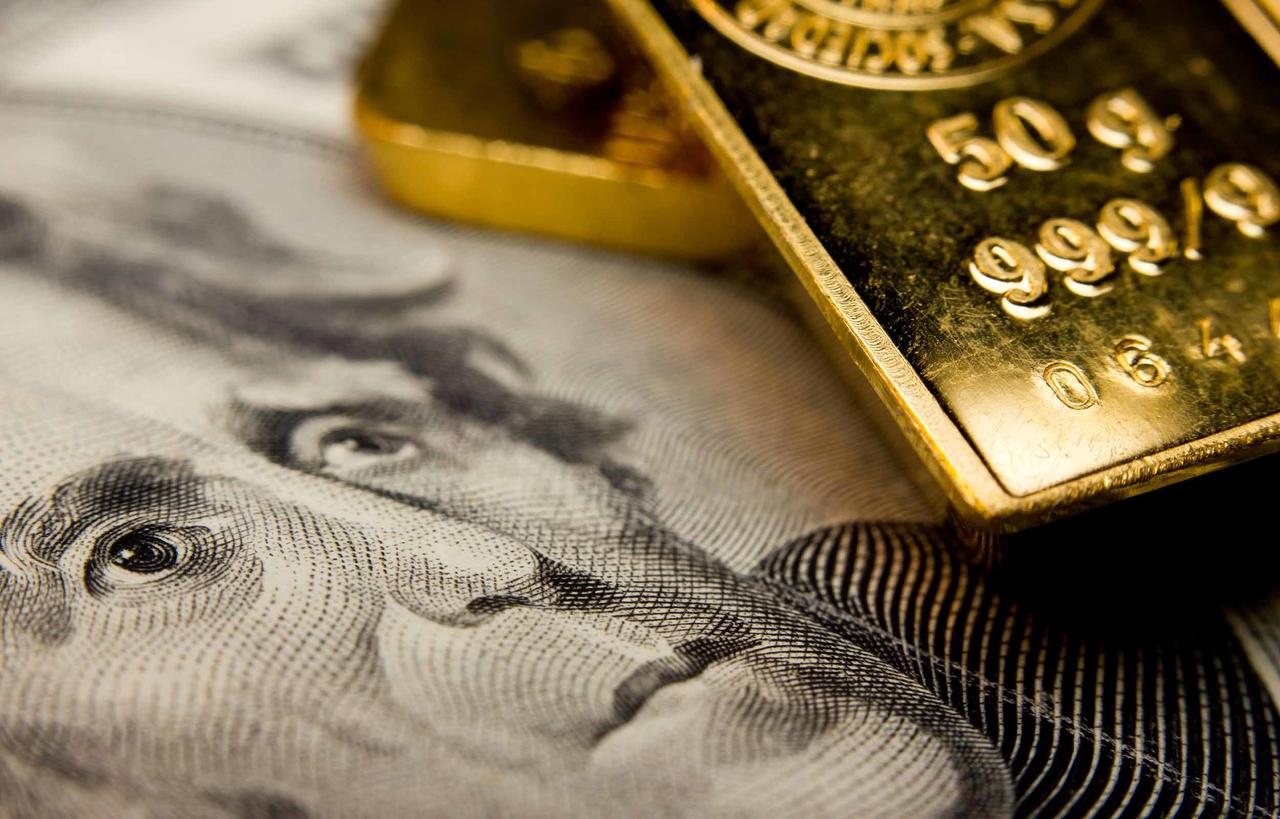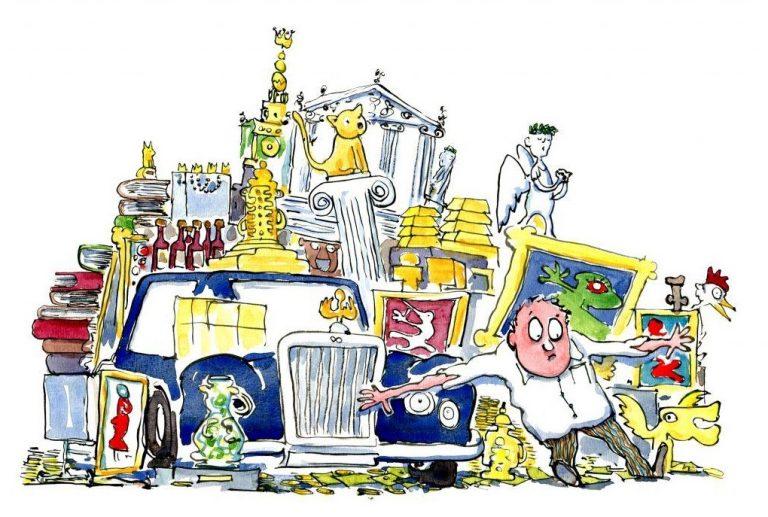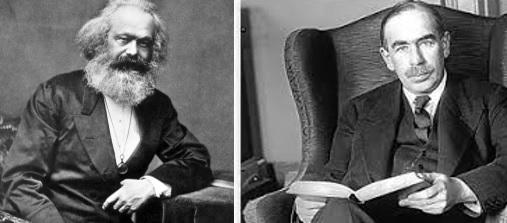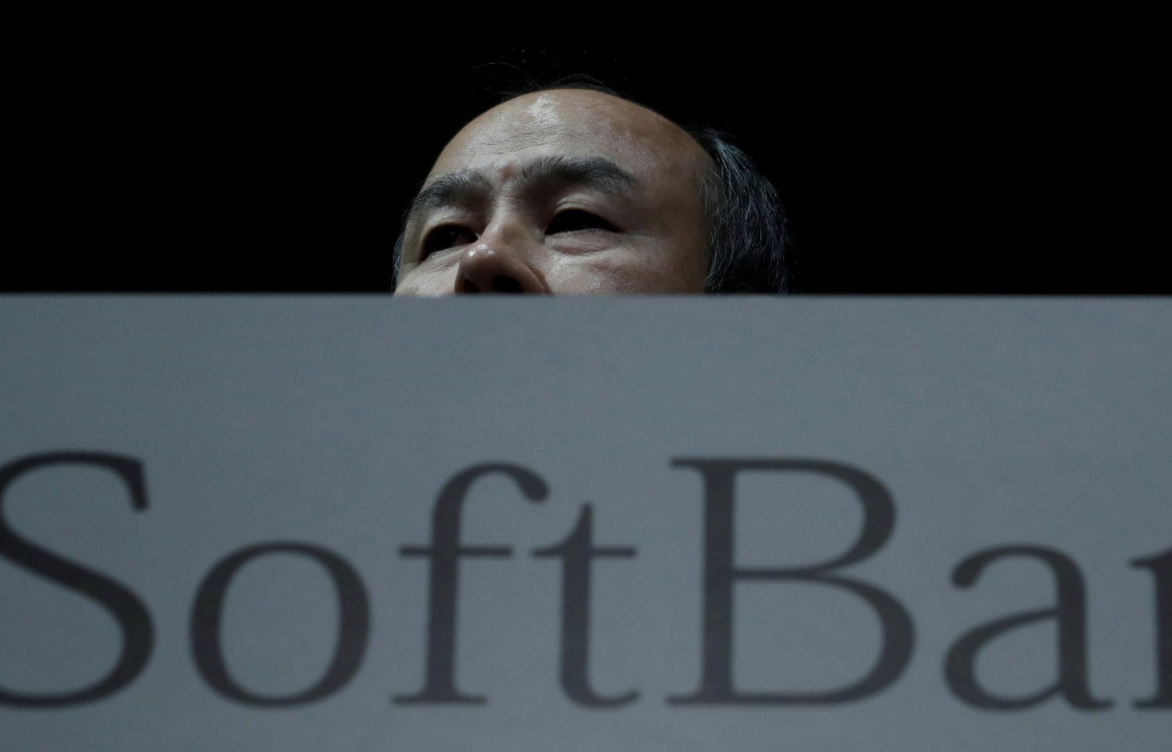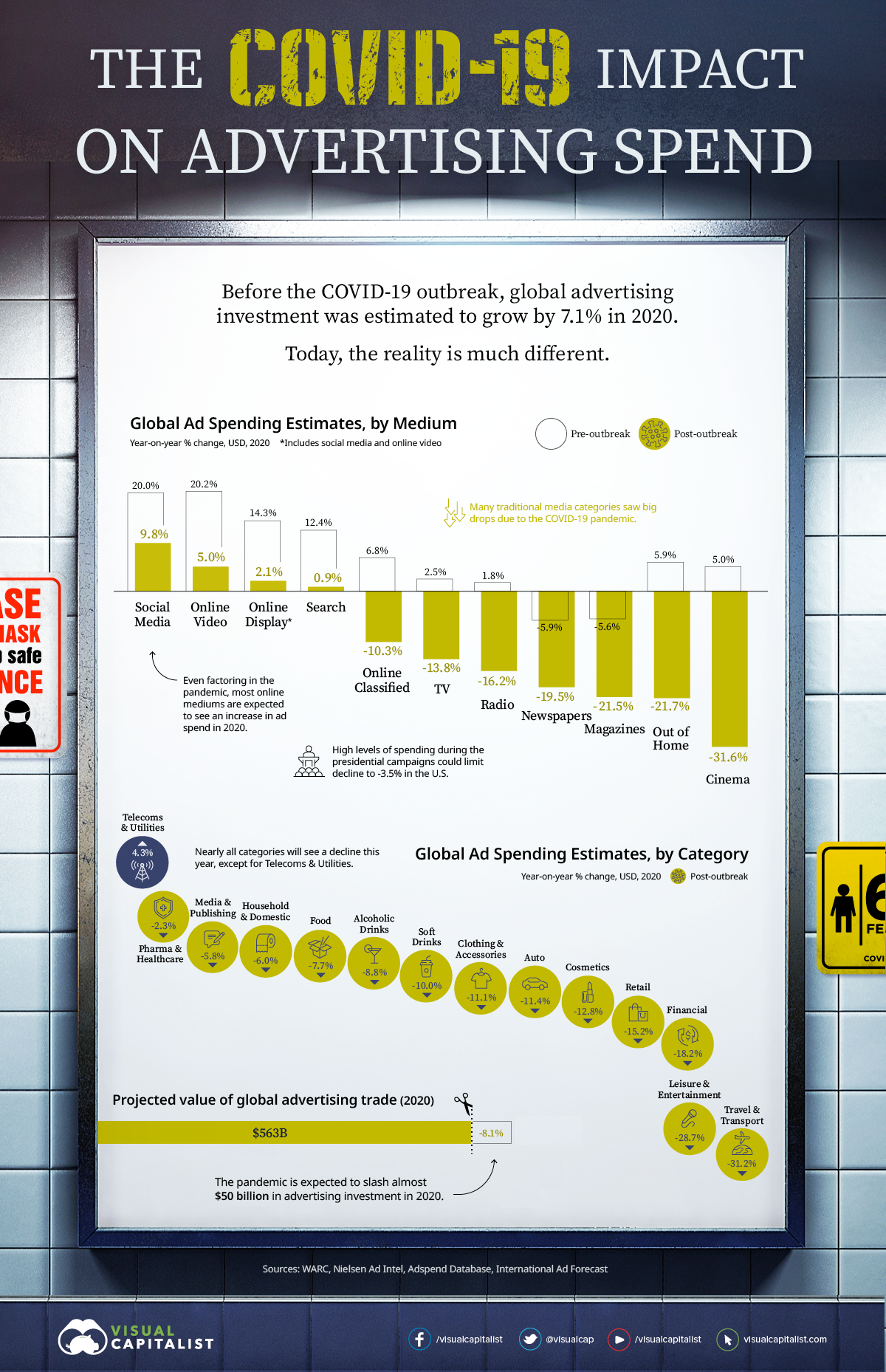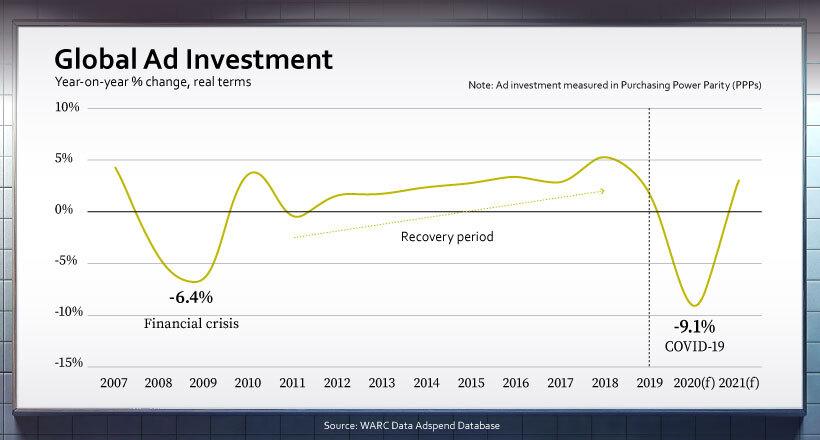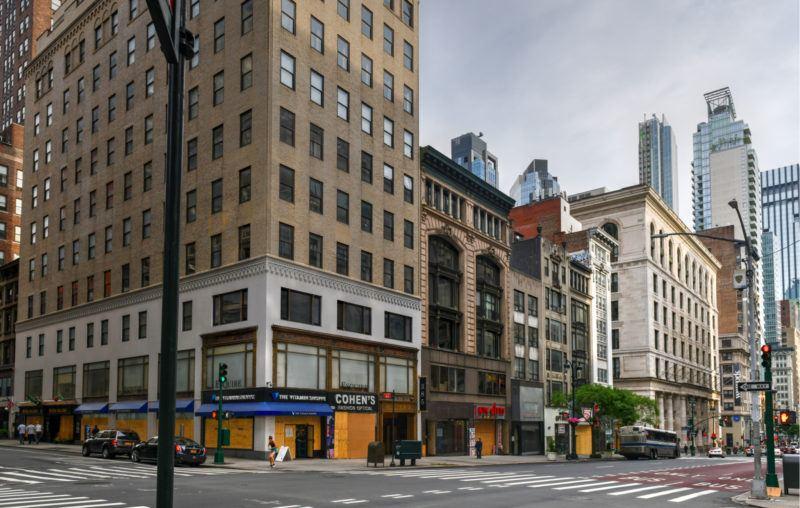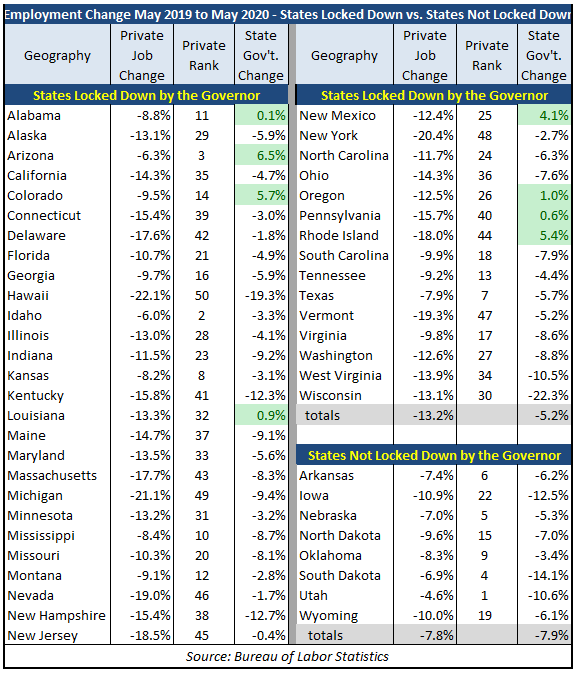A Collapsing Dollar And China’s Monetary Strategy
Tyler Durden
Fri, 06/26/2020 – 21:45
Authored by Alasdair Macleod via GoldMoney.com,
This article describes how China can escape the fate of a dollar collapse by tying the yuan to gold. There is little doubt she has access to sufficient gold. Currently, her interest is to preserve the dollar, not destroy it, because it is the principal means of Chinese foreign interests being secured .
Furthermore, a return to sound money requires China to reverse its interventionism under Xi, returning to Deng Xiaoping’s original vision. Sound money can only last if the relationship between the state and the wider economy is properly addressed.
Of all the major economies, China’s is best placed to implement a sound money solution. At the moment it seems unlikely the necessary reforms will be forthcoming; but a general collapse of the global fiat currency regime presents the opportunity for reassessment and change.
Introduction
In last week’s Insight I examined the position of the US dollar, given the Fed’s current monetary policies, and concluded that the Fed’s dollar is likely to become valueless by the end of this year. The consequences for other major currencies — the euro, yen and pound — are that they are likely to fall with the dollar. This is because they adopt the same monetary policies, the same macroeconomic fallacies, and through the Bank for International Settlements, G7 and G20 meetings agree to continue to be bound by common policies. While the intention is for all to survive by working together, instead it ensures that they all sink together.
The maverick nations are Russia and China. Russia is obviously working towards protecting her currency with gold — there is no controversy there. China’s position is more complex. Her leadership relies on the inflation of bank credit through state-owned banks to finance her infrastructure plans as well as in financing the massive uplift her non-financial private-sector economy has enjoyed since 1980. Yet, she has made aggressive moves to ensure her population owns physical gold and has invested in mine production, making her the largest national producer by far, while ensuring virtually no gold leaves the Chinese mainland.
Having more or less gained control over the world’s physical market, China is the greatest hoarder of gold on the planet. She appears to understand the importance of gold to monetary stability while at the same time playing the West’s neo-Keynesian games.
China’s gold
The most controversial aspect of my previous comments about China’s gold ownership is about the level of undeclared bullion. But the strategy has always been clear. In 1983 the Peoples Bank was given a monopolist mandate by the Communist Party to manage the state’s acquisition of gold and silver, while private ownership remained banned. This fitted in with the Peoples Bank’s monopoly of managing foreign currency dealing, confirming that in 1983 at least, the leadership and its advisors regarded both gold and silver as primarily money.
Nineteen years elapsed before the Peoples Bank opened the Shanghai Gold Exchange, permitting members of the general public for the first time to buy and take delivery of gold and silver. Following advertising campaigns, the market for 24 carat gold jewellery exploded, and together with investment gold, since 2002 withdrawals from the SGE’s vaults have been about 17,500 tonnes, admittedly not adjusted for scrap resubmitted for refining. To be consistent with gold policies after the SGE opened for business, those nineteen years must have been used by China to acquire significant quantities of undeclared bullion. But other analysts assume that the public held some gold illegally before 2002 as well, so about 17,000 tonnes net of scrap for private ownership seems about right.
The opportunity for the state to build a bullion hoard before 2002 was there. Following the bull market ,which culminated on 21 January 1980, gold entered a 19-year bear market taking it from $850 on that afternoon’s fix to a low of $256.8 in July 1999. But by January 2002, gold was still on the floor at under $280. And there were substantial sellers: portfolio disinvestment by Swiss banks, the largest private depositories at that time, left them holding virtually no gold.[i] Central banks and official sources reduced their holdings of monetary gold by 3,450 tonnes, but more importantly gold leasing by them supplied an estimated 10,000—16,000 tonnes into the market (Veneroso, 2005).
Meanwhile, demand was soaked up by the expansion of derivative markets, principally LBMA forwards and Comex futures. In all those years global mine output added 43,800 tonnes. Various parties must have absorbed the gold that wasn’t absorbed by jewellery, which probably accounted for about 25,000 tonnes.
US policy was to rub out monetary history by denying gold as having any monetary role and to be replaced by the Fed’s unbacked dollar as everyone’s reserve currency. A new generation of Harvard-educated Arabs went with the neo-Keynesians, preferring stocks to gold, the opposite of that of their forebears who disliked financial assets, including foreigners’ currencies. But these were also the formative years for China’s adoption of capitalism.
The Chinese leadership, having a high degree of control over its population, is given to long-term planning in the form of five-year plans with longer-term underlying objectives. It is inconceivable that these plans would have omitted a gold strategy, particularly since regulations were put in place giving the Peoples Bank its mandate to build national reserves.
Given all the foreign exchange dealings of the Peoples Bank, handling inward investment in the eighties and growing exports in the nineties, it could easily have accumulated 20,000 tonnes of gold at contemporary prices, representing approximately 10% of foreign currency flows across the bank’s trading desks. Traditional secrecy in gold markets would have provided cover. All the Peoples Bank needed to do was acquire an average of 1,000 tonnes a year, which given the bullion flows and market dynamics in gold’s great bear market would have been achievable without attracting attention.
It is only on the basis of this understanding that we can apply a 20,000-tonne ball-park figure to the unknowable. And since 2002, China continued to import gold in addition to its growing mine supplies to ensure its population ended up with significant quantities of gold as well. Whether intentioned or not, the leadership has ensured large quantities of 24 carat gold are in public circulation, which is important in the event that gold backing for China’s currency is implemented.
In the event of a general fiat currency collapse, many nations have sufficient gold to operate a gold exchange standard, admittedly at higher gold prices than those that prevail today. That is not the problem. In government, treasuries and central banks, there are very few who understand economics proper, being sold entirely on neo-Keynesian macroeconomics. Neo-Keynesian macroeconomics is a belief system unfounded on reality and their Zeus, or Jupiter, is inflationism. Their lesser gods all owe fealty to this one overriding directive. Before sound money can be introduced, they must all be swept from their temples.
China’s worship of inflationism is less institutionally embedded and should be easier to overturn, particularly since Marxist philosophy predicts the end of capitalism, which today would be manifest in the collapse of the capitalists’ currencies. The ability of the Chinese to escape the monetary fates of the West is in theory still there.
China’s interest in the dollar
With all its gold, by monetising it China could kill off the dollar tomorrow. Undoubtedly, this financially nuclear option has become a backdrop to her strategy in the ongoing trade and financial war against America. But the idea that by using this undoubted power over the dollar China gains a simple victory if through her actions the dollar is destroyed understates a more complex situation. It is not in China’s interest on many levels, not least because of her ownership of dollars is about $3.4 trillion, of which only $1.5 trillion is invested in Treasuries, agency, corporate and short-term debt in the US. The balance is actively used in loan finance to China’s commodity suppliers, those involved with the belt and road initiatives and other states with which China desires to gain influence.
Destroy the dollar and China’s heft around the world is destroyed as well, because only a small proportion of China’s loan-influence is in renminbi. In that sense, if the dollar collapses America gains a geopolitical benefit over China, her means of international influence being crippled. The Chinese leadership will be acutely aware of the consequences of the dollar’s demise and therefore will do nothing to encourage it. Indeed, if the dollar begins its collapse in the foreign exchanges, we could find China increasingly calling out the Fed on its inflationary policies. But then the Fed’s problem is and will continue to be an inability to stop its addiction to unlimited inflationism.
Unfortunately, a banking crisis is embedded in the script, which will have fundamental effects on all fiat currencies, some more than others. And since international banking is overwhelmingly a dollar affair, after a short pause the consequences are bound to weigh heavily upon it as the reserve currency. This credit cycle unwind is a Category 5 compared with 2008—09’s Category 2 or 3. It is only after such a cataclysm that China will have no alternative to abandoning all attempts to support the dollar and its means of buying overseas influence. China will then need to secure its own currency.
It will require a return to gold backing — the nuclear option so far avoided. While the cost will be writing off trillions of dollars and its means of securing overseas influence, there will be a monetary vacuum to fill. And compensation will be found in an increase in the value of China’s declared and undeclared bullion stocks, as well as the enrichment of its gold-holding people.
Establishing a sound currency
To appreciate what is vital for a currency to be sound requires certain conditions to be satisfied. These are the three immutable ground rules for a gold-backed currency, all of which must be obeyed:
-
The state currency must be an accountable gold substitute; that is to say every unit of currency expansion must be fully backed by gold at the fixed exchange rate.
-
It must be freely convertible into physical gold on demand by everyone.
-
It must be freely convertible for the settlement of domestic transactions and imports and exports.
To these we can add an addendum, and that is to reform the banking system so that there is no expansion of unbacked bank credit.
If the Chinese obeyed these rules to the letter, not only would their gold-backed currency lead to a quantum leap in the progress of its own economy, but given China’s undoubted economic power the yuan would become accepted as the foreign currency of choice for most of the world and it would encourage other nations to adopt similar gold exchange standards.
The proof is found in a nation of ten million which two hundred years ago in less than a century dominated technology and international trade, saw its population increase threefold as prosperity spread and life-expectancy increased, encouraged other nations to adopt gold standards, and by 1914 had built over 80% of the world’s shipping afloat. That small nation was the United Kingdom. Just think of the potential if China repeated the exercise.
Sound money works best with free markets
The impediments to the implementation of the sound money rules defined above are, however, substantial. It requires the relationship between the state and its people to be fundamentally reformed and instead of state control a laissez-faire philosophy must be adopted. The whole point behind sound money is to remove it from state control so the temptation for inflationism, which is leading visibly to the destruction of the current global monetary system, is removed.
The money that people use for their current and deferred consumption is rightly their affair, and not the state’s. This is why every time the state takes control of money away from its people it eventually fails, and the monetary function returns to the metals trusted by people through millennia. Today, we face no less than this transformation, the return to the peoples’ money and the destruction of statist fiat currencies.
Of the world’s significant economies, China appears best able to plan for monetary reform. Even so, it will not be easy and requires the completion of the new capitalist mindset courageously introduced by Deng Xiaoping. Instead, under President Xi China has drifted away from Deng’s vision towards internal suppression and increasing state control. He must recognise that central planning in China has had its day and it is time to give his population its economic freedom.
If only he can recognise it, Xi’s vested interest now lies in that direction. It will not be easy, and there is no certainty he will grasp the opportunity. But if he decides to do so, it requires the following issues to be addressed.
The state and the economy
Being a burden upon it. the state must reduce its role in the economy to the barest minimum to absorb less than 20% of GDP, preferably even less than 10%. Welfarism must be abandoned, or at least reduced until its financial burden on the state is minimal. In this respect, China is better placed than more mature advanced economies. The World Bank estimates China’s government spending in 2018 was 14.7% of GDP, which compares with the US’s 34%.
China scores highly in this respect.
Functions of the state to be restricted
In a sound-money free-market economy the basic state functions are to establish and administer laws to ensure certainty in contracts, to provide national defence and domestic law and order. China discriminates in her laws, is territorially ambitious with respect to Taiwan and the South China Sea, and internal policing is oppressive. There is no sign of change in these regards, which affects international relations adversely. If China dropped its claims to Taiwan and respected Hong Kong’s independence, international relations would immediately improve. Persecution of the Uyghurs is indicative of a heavy-handed statist response to the threat of Moslem terrorism. In these respects, China scores badly and in a new sound-money regime would only gain significant influence with its trading partners if these attitudes were reformed.
Mercantilism must be abandoned
China adopts a mercantilist approach to economic management, which coupled with an iron-fist control over the population has had some successes. But it is one thing for a reforming government to take an impoverished population and provide a framework and monetary stimulation to lift it out of poverty and another to continue the process. In China’s case, anything was better than Mao and Deng seized the opportunity.
In its early stages a mercantilist approach can have obvious objectives, which leads to national capital being deployed with effect. But being based on monetary expansion, even then capital is misallocated through monetary distortion, which only becomes obvious later. As a continuing state policy, it leads eventually to substantial tribulations and inefficiencies, and China has had its share of these.
The error is to regard the state as capable of being fundamentally motivated by profit. A misleading precedent for mercantilists was the East India Company, which ran India as its fiefdom until the Indian Mutiny. But that was a company which was mandated to produce profits for shareholders.
A government is necessarily a bureaucracy, not suited to an entrepreneurial role. China will need to address the relationship between the state and its role in the economy if a yuan gold standard is to be freely accepted through trust and trade, and for the maximum benefit of its economy. In fairness, China is abandoning support for zombie companies, but it still tries to pick winners, so is hardly neutral.
Regulation must be abandoned, allowing the public to set the parameters of its own demand.
Originally the means of control adopted by fascist governments, widespread regulation of economic activities has become the standard of modern government policies. The assumption is that the consumer must be protected from avaricious businessmen. The result is cronyism.
Instead of suffering from the West’s cronyism, China promotes businesses on a purely nationalistic basis, a policy which has now backfired in a crony world. The exclusion of American technology from China’s “Made in China 2025” strategic plan has intensified American hostility and is undermining Chinese technology’s international business. This would not have happened if China had a non-interventionist policy towards her domestic market. That has to change.
Banking must be reformed
The Achilles’ heel of the West’s banking system is the fraudulent issue of bank credit, which is no different in principal from central bank inflationism. Even in the days of the gold standard the expansion of bank credit increased currency in circulation without being backed by gold. There were, in effect, two types of currency; fully backed gold substitutes and fiat currency the product of unbacked bank credit, but indistinguishable from each other in circulation.
The expansion and subsequent contractions in bank credit created a destructive cycle of bank lending, particularly following the 1844 Bank Charter Act in English law, which set the subsequent international standard. This must be stopped. In the case of China, most banking is provided by state-owned banks, so if the state is determined to maintain a sound yuan it should present few difficulties in eliminating bank credit expansion.
The provision of monetary capital must be backed by savings and it is for the market to establish a balance between immediate consumption and its deferral. And here, China is in the fortunate position of having a strong savings culture, unlike the US and UK along with most members of the eurozone, where after allowing for consumer credit saving hardly exists.
Accumulation of private wealth to be embraced
The replacement of unbacked bank credit expansion with genuine savings as the source of investment capital requires the state to take a positive view on the accumulation of private sector wealth. Being a young modern economy, in this regard China is better placed than nations with more mature economies and ingrained socialism, where wealth is regarded as a morally justified source of tax revenue.
Progressively increasing tax rates mitigate against the acquisition of wealth, and China will need to reform its income tax regime to a flat tax rate. Since government spending is under 15% of GDP, with a reasonable personal allowance a flat income tax of 20% should allow for a balanced budget and other taxes to be eliminated over time. State spending targeted to an eventual 10% rate of state spending relative to GDP would allow the income tax rate to be reduced and held to a 15% rate and the abolition of all other taxes.
Income tax should be applied at the same rate on all sources of income. To make income from savings tax-free is a distortion of the market. Post-war Japan and Germany made it easy to avoid tax on savings interest, and their economies became savings driven and highly successful. But in China’s case, where a very high savings rate already exists, not only is such a policy unnecessary, but it leads to unwelcome imbalances in foreign trade which so long as other fiat currencies exist are politically destabilising in the longer term.
Digital money
China is almost certain to be tempted to adopt a centralised cryptocurrency approach, a forerunner of which is reportedly in trials at the moment. It is thought by many that application of this technology may well find a place in a new form of gold substitute.
Other commentators suspect that China’s motivation is to maintain control over its citizens’ spending. If this is the case it would be a mistake, and at odds with an objective to maximise the nation’s economic potential for the benefit of its citizens by returning to free markets. However, state-issued crypto technology is too young at this stage to be relevant to the successful establishment of a gold substitute currency.
The return to sound money
So far, we have established that of all the major economic powers, China is well placed to adopt a durable gold exchange standard. The most significant hurdle is the Communist Party’s control freakery over its people. Under wise leadership, this can be addressed, more likely during a monetary crisis when political objectives can be radically changed, than at any other time.
Otherwise, China has sufficient bullion reserves and gold ownership is widespread in the population. Silver, which is more naturally the money of the people is also widely available for coinage. Furthermore, there is reason to hope that the state is not as beholden to the neo-Keynesian macroeconomic inflationism as are other leading nations.
We have established that it is not in China’s current geopolitical interest to introduce a gold standard that undermines or destroys the dollar. For this reason, China will only do so once it is clear that the dollar is in the early stages of an unavoidable inflationary collapse, and the risk of the yuan going down with it must be urgently addressed. An increasingly certain banking crisis, likely in the next month or so, and a reappraisal of the dollar’s prospects and the debt trap of rising interest rates being sprung on western governments is likely to determine timing.
To be successful in defending the yuan from the gathering global monetary crisis, when the decision is taken to go ahead the following announcements should be immediately made.
-
The State is transferring its undeclared bullion to monetary reserves, announcing a figure which we believe could exceed 20,000 tonnes. At the same time, it announces the yuan will be backed by gold from a defining date, perhaps a month hence, the rate to be determined by the markets in the intervening period. The purpose is to let the gold price rise to an appropriate level for a yuan exchange rate to be fixed.
-
Following the defining date the quantity of yuan in circulation will be set by market demand, and any increase in the quantity will be fully backed by gold reserves held and allocated for that purpose by the Peoples Bank.
-
The announcement will also state that conversion terms will be offered for all government debt (currently about 40 trillion yuan) into a new perpetual loan, interest payable at the holders’ choice in yuan or gold at the yuan/gold fixed rate, which will be set at the defining date.
-
All holders of yuan will be free to exchange their yuan for new gold coin at the rate set on the defining date. In due course silver coins at sterling proof will also be issued as circulating currency, the rate set designed to ensure their continued circulation.
-
All exchange controls to be removed with immediate effect.
-
China’s withdrawal from all international cooperation at G7, G20 meetings etc., currency and economic management being no longer appropriate.
-
Digitising plans, if any, will be discarded as unnecessary for the circulation of a gold-backed yuan.
-
Consultation with the banks will be initiated to phase in over an appropriate period a restructured banking system. The objective will be to separate deposit-taking as a custodial function from investment funding of bonds and equities on an agency basis. Until these new provisions are in place, the expansion of bank credit will be frozen after which it will not exist.
The markets can then set a gold exchange rate which will be adopted as the fixed rate of exchange for the yuan. The return of a monetary function to silver is likely to reduce the gold/silver ratio to 20 or perhaps less, and allowance should be made for a settled relationship between gold and silver that might take a little longer to establish on a lasting basis. Only then can silver coins return to circulation.
There can be little doubt that a move to a gold yuan will have a profound effect on remaining fiat currencies. As noted above, a short period of time between announcing these plans and their implementation will be required for markets to adjust. It is likely that fiat currencies would face downward pressure on their purchasing power, and China must be seen to be protecting her own interests by returning to sound money and not deliberately undermining the dollar.
The consolidated perpetual loan has many advantages. It never has to be repaid. The coupon, reflecting gold’s rate of interest as well as issuer risk, could be set, at say 2%, and the conversion price set at 50 per notional 100 gold-yuan of the bond. Those prepared to back the Chinese government and its sound money regime would be rewarded for the risk by a running yield of 4%. As the government’s rating improves with the success of the return to gold, the price would rise towards par, giving early investors a solid reward. The wealth creation for holders becomes a solid contribution to providing capital for a progressing economy.
Other nations, particularly those in Asia, are likely to follow China in implementing their own gold exchange standards, and all nations will be then faced with a stark choice: do they hang on to their welfare states and their growing difficulties in financing them, or do they stabilise their currencies? If China does adopt a proper gold exchange standard, she would neutralise all America’s geopolitical power, whether America follows suit or not.
And finally, China should cease to provide the statistics beloved of neo-Keynesian macroeconomists, for they only serve to provide reasons for state intervention.
via ZeroHedge News https://ift.tt/2ZgGxQ6 Tyler Durden
